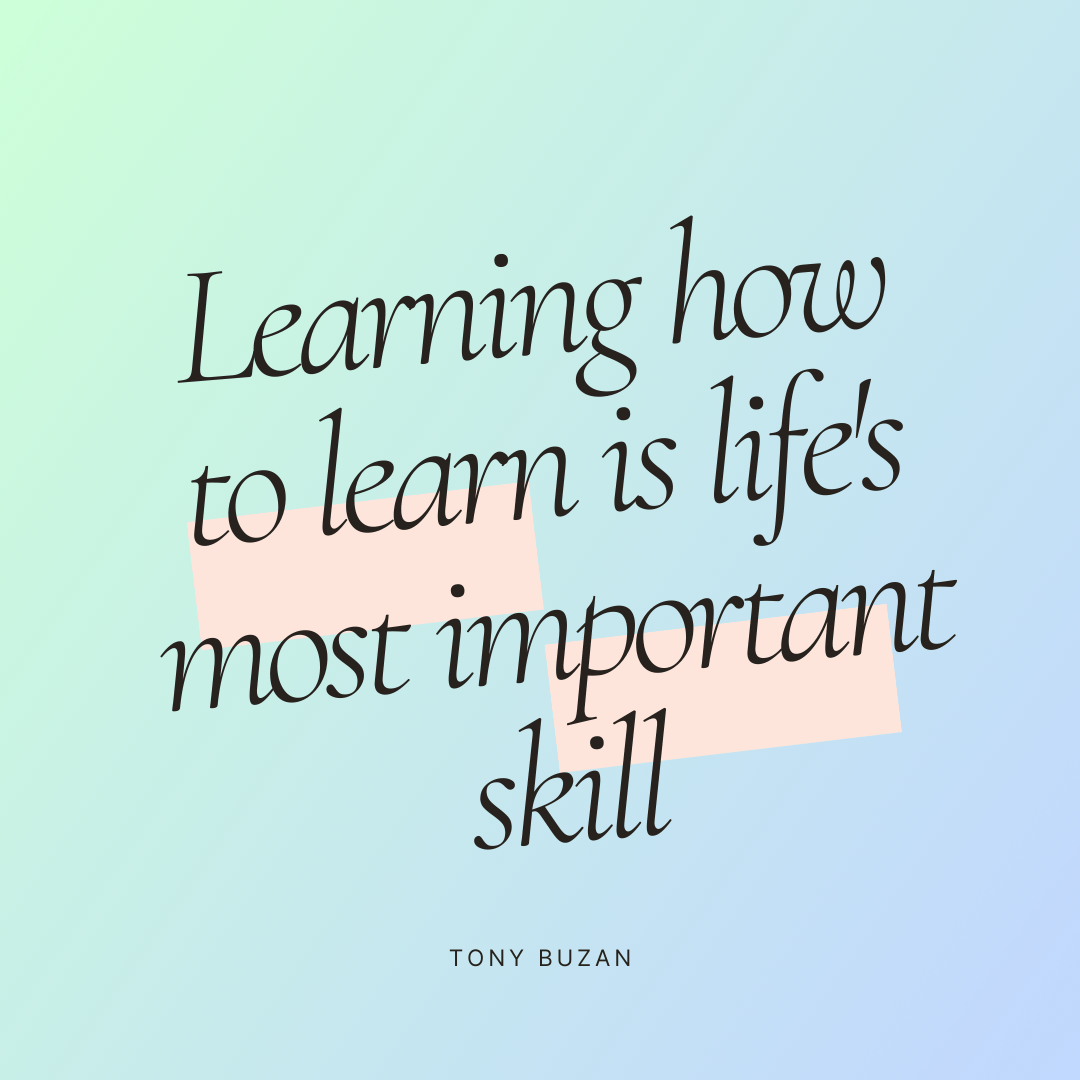8 Key Skills Instructional Designers Need to Thrive Today

Instructional Designers play a crucial role in today’s digital landscape. As more and more organizations turn to e-learning and other digital training solutions, the demand for skilled Instructional Designers continues to grow. To thrive in this dynamic and fast-paced field, it’s essential to possess a diverse set of skills. In this blog post, we’ll explore the key skills Instructional Designers need to succeed in today’s digital world.
Key Skills Instructional Designers Need to Succeed
The field of LXD and ID has become even more demanding with the broader awareness of its relevance among organizations and HRMs.
This, when combined with the competition for the limited spaces available, makes it a necessity for aspiring or practicing instructional designers to equip themselves with the skills needed to thrive in the field.
From need analysis, to storyboarding and mind-mapping, to collaborating with SMEs and stakeholders, to course design and development, prospective and practicing instructional designers have to be fully equipped with the necessary skills to scale and succeed.
Below are some of key skills instructional designers need to succeed.
1. Creative thinking
Effective instructional design is all about creativity.
Instructional Designers need to be able to think outside the box and come up with innovative solutions to design engaging and effective learning experiences.
This requires a strong creative mindset, as well as the ability to brainstorm and generate new ideas.
2. Collaboration
Instructional Designers don’t work in a vacuum.
They need to work closely with subject matter experts, trainers, and other stakeholders to create effective training programs.
Strong collaboration skills are essential to success in the field.
This means being able to communicate effectively, build relationships, and work together towards a shared goal.
3. Technology literacy
Technology is an integral part of instructional design.
With the increasing prevalence of e-learning, Instructional Designers must be proficient in using a range of technology tools and platforms to create engaging and interactive content.
This includes authoring tools, learning management systems (LMS), video editing software, and more.
4. Project management
Instructional Designers are often responsible for managing multiple projects at once.
The ability to manage timelines, budgets, and stakeholders is critical to delivering high-quality training programs on time and within budget.
Effective project management skills are essential to success in the field.
5. Communication and Facilitation
Effective communication is essential to success in any field, but it’s especially important for Instructional Designers.
They must be able to communicate complex concepts in a clear and concise manner, both in written and verbal form.
This includes writing clear and effective instructions, creating engaging multimedia content, and delivering effective presentations.
IDs should also be able to facilitate. He should know how the course he’s building should be taught.
6. Analytical thinking
Analyzing data and feedback is essential to continually improve training programs.
Instructional Designers need to be able to analyze data and identify areas for improvement.
This requires strong analytical skills, as well as the ability to interpret data and draw meaningful conclusions.
7. Flexibility
The digital landscape is constantly changing, and Instructional Designers need to be able to adapt to these changes.
This requires a high degree of flexibility and the ability to pivot quickly in response to changing needs.
This means being open to new ideas, embracing new technologies, and being willing to try new approaches.
8. Learner-focused
Ultimately, the goal of instructional design is to create effective learning experiences for learners.
Instructional Designers need to have a deep understanding of their target audience and design training programs with the learner in mind.
This means considering the needs, preferences, and learning styles of the target audience, and creating engaging and effective training programs that meet their needs.
Read here if you are interested in a Masters Degree Program in Instructional Design.
Conclusion
Instructional Design is a dynamic and exciting field that requires a diverse set of skills to succeed.
By possessing the 8 key skills outlined in this blog post, Instructional Designers can thrive in today’s digital landscape and create effective and engaging training programs that meet the needs of learners and organizations.
Whether you’re a seasoned pro or just starting out in the field, these skills are essential to success in instructional design.







